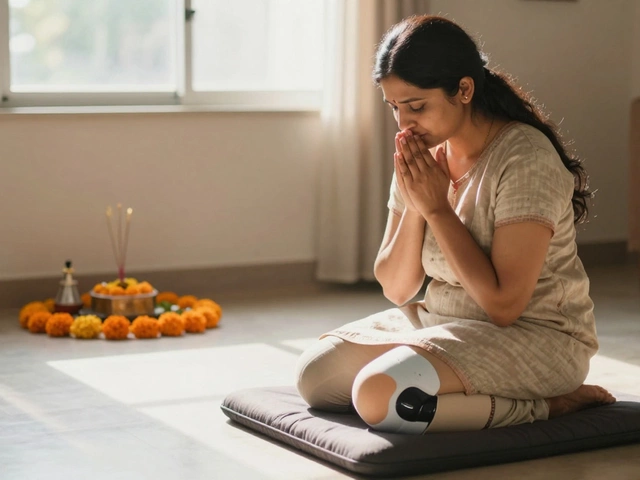Knee Bending: Simple Tips to Move Safely and Feel Better
If you’ve ever felt a twinge when you squat, sit, or climb stairs, you know how annoying knee bending can be. The good news? Most knee pain isn’t a mystery, and a few everyday habits can make a big difference. Below we break down easy ways to bend your knee without drama, strengthen the joint, and speed up recovery if you’ve had surgery.
Everyday Moves That Protect Your Knee
First, pay attention to the way you sit and stand. When you sit, keep your feet flat on the floor and avoid crossing your legs – crossing puts pressure on the inner knee. When you stand up, push through your heels and don’t lock your knees straight; a soft bend keeps the joint happy.
Next, watch your shoes. A good pair of shoes with proper arch support reduces the shock that travels up to the knee. If you’re on a hard floor, add a rubber mat or a soft rug under your desk. Those tiny changes add up.
Easy Exercises to Build Flexibility and Strength
Here are three moves you can do at home, no equipment needed. Do each for a minute, rest 30 seconds, and repeat three times.
1. Heel Slides: Lie on your back, slide one heel toward your butt while keeping the foot on the floor, then slide it back. This gently bends the knee and improves range of motion.
2. Quad Sets: Sit with your leg straight, tighten the thigh muscle (you’ll feel a firm pull under the knee), hold for 5 seconds, then relax. Strong quads protect the knee during bending.
3. Standing Calf Raises: Hold onto a chair, rise onto your toes, and lower back down. Calves work with the knee to control movement, and stronger calves mean smoother bends.
If you’ve just had knee replacement surgery, the same moves are often recommended by surgeons. Start slowly, follow your therapist’s timeline, and you’ll notice less stiffness day by day.
Got a specific problem like a “bone‑on‑bone” knee? That term just means the cartilage is gone, and the bones are rubbing. In many cases, targeted physiotherapy, anti‑inflammatory foods, and low‑impact activities like swimming can postpone surgery. Talk to a doctor about options before jumping straight to a knee replacement.
Finally, remember to listen to your body. Sharp pain isn’t normal – it signals you need a break or a doctor’s look‑over. Mild soreness after a good workout is fine, but if it sticks around, get it checked.
By tweaking daily habits, adding a few simple exercises, and staying aware of warning signs, you can keep knee bending easy and pain‑free. Try these tips today and notice how much smoother everyday moves become.





